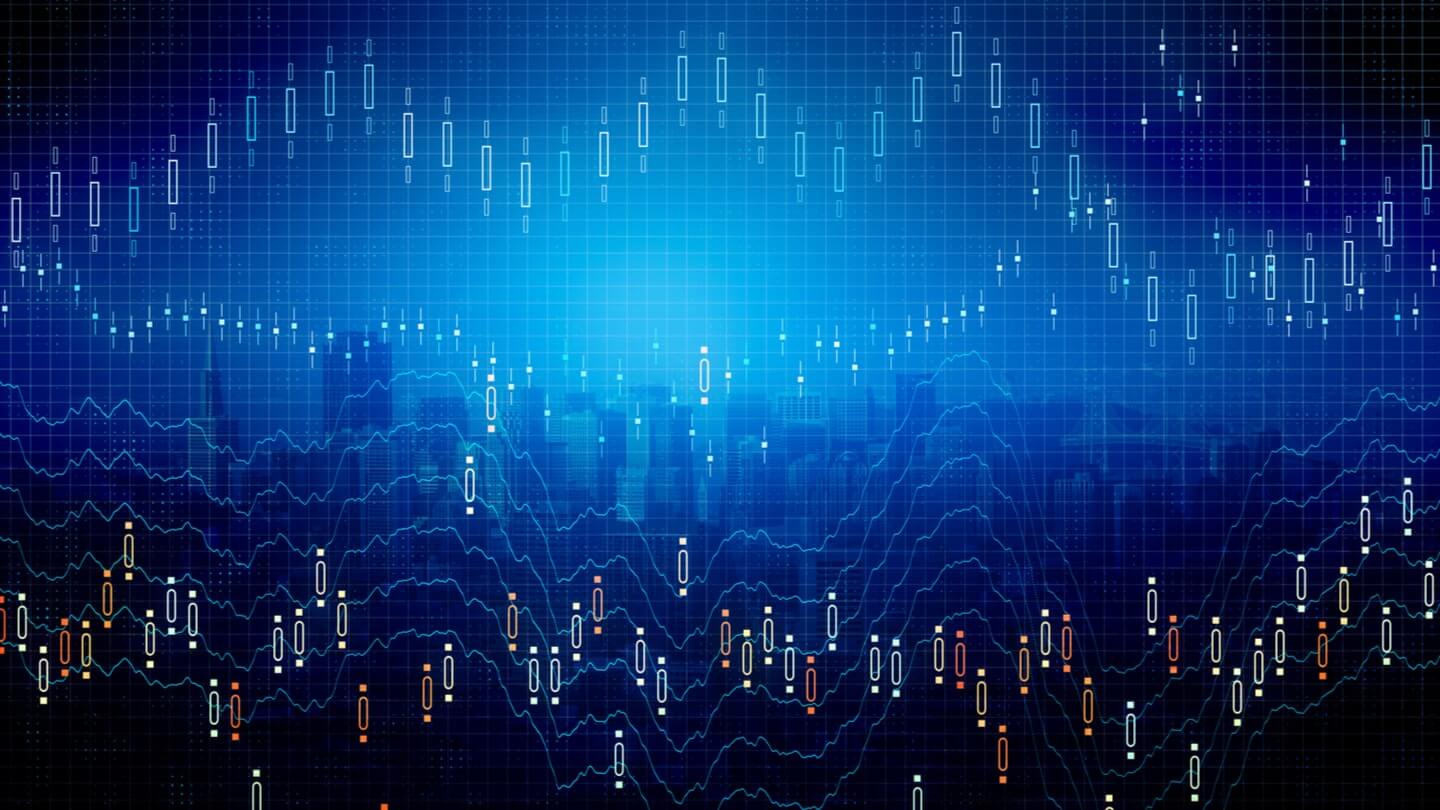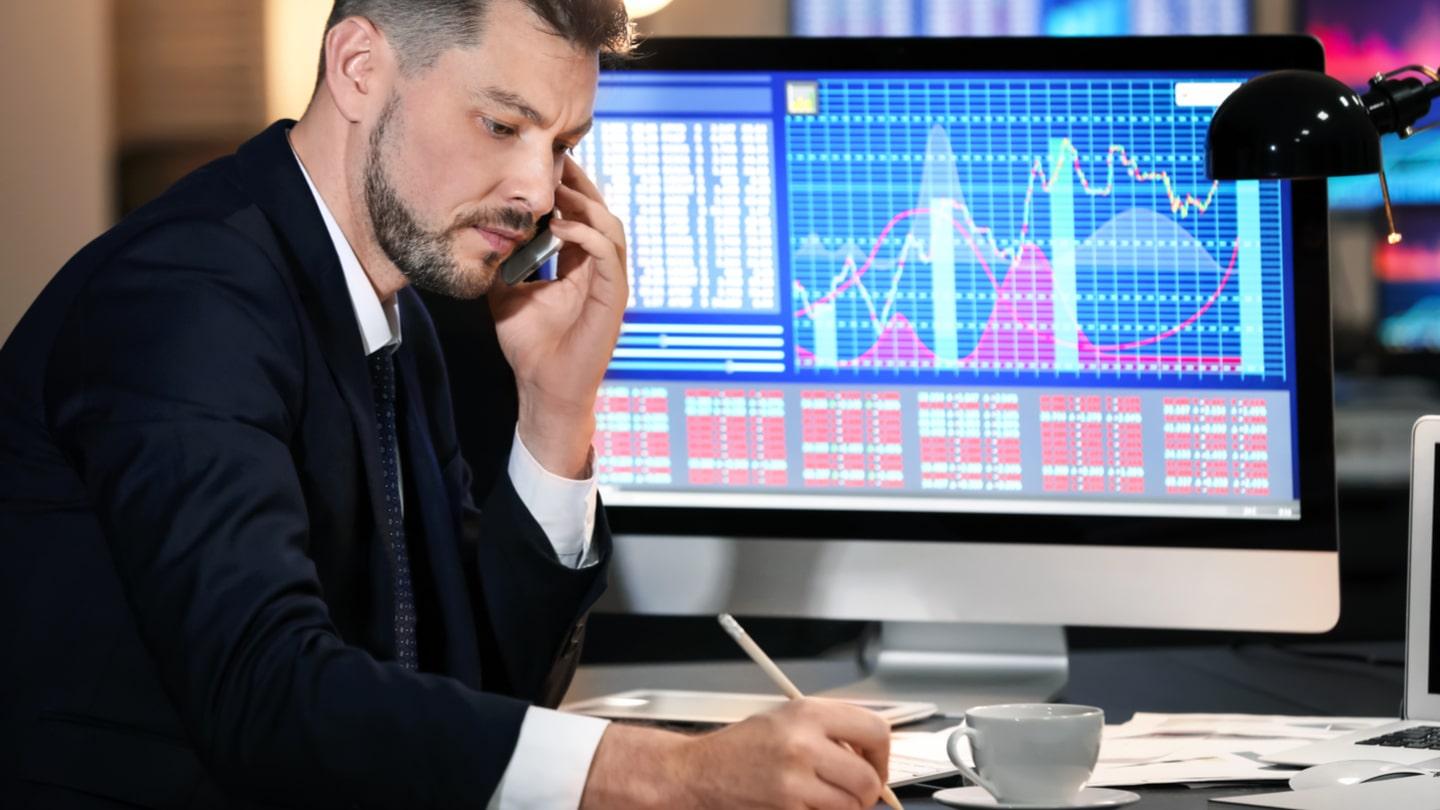The fast-paced world of forex trading can be both exhilarating and demanding. Automated trading systems, also known as algorithmic trading or trading robots, offer a potential solution for busy traders or those seeking a more systematic approach. But are these automated systems the key to unlocking forex riches? Let’s delve into the world of automated forex trading systems.
What are Automated Forex Trading Systems?
Imagine a tireless trader working around the clock, analyzing market data and executing trades based on predefined rules. This, in essence, is the concept behind automated forex trading systems. These software programs are designed to follow a set of programmed instructions, automatically entering and exiting trades based on technical indicators, price movements, or other market signals.
How Do Automated Forex Trading Systems Work?
Here’s a simplified breakdown:
- Strategy Development: The core of an automated system lies in the underlying trading strategy. This could involve technical analysis using indicators or exploiting historical price patterns.
- Coding the Strategy: The chosen strategy is translated into a set of rules using a programming language or a visual interface offered by some platforms.
- Backtesting: The automated system is tested with historical market data to evaluate its performance and identify potential weaknesses.
- Live Trading: Once satisfied with backtesting results, the system is deployed in the live market, automatically executing trades based on its programmed logic.
Benefits of Automated Forex Trading Systems
- Emotional Detachment: Automated systems remove human emotions from the equation, leading to potentially more disciplined trading decisions.
- 24/7 Market Coverage: Unlike human traders, these systems can monitor markets around the clock, capitalizing on trading opportunities that might arise outside regular trading hours.
- Backtesting and Optimization: Automated systems allow for easier backtesting and optimization of trading strategies using historical data.
Risks Associated with Automated Forex Trading Systems
- Black Box Problem: Some systems, particularly complex ones, can become “black boxes,” where the trader might not fully understand the underlying logic behind the trade signals.
- Market Volatility: Unforeseen market events or sudden shifts in volatility can disrupt the system’s performance, leading to losses.
- Technology Dependence: Reliance on automated systems introduces a layer of technical risk. System malfunctions or broker platform issues can hinder trade execution.
Exploring Different Types of Automated Forex Trading Systems
- Custom-Coded Systems: These systems require programming knowledge to develop and maintain.
- Off-the-Shelf Systems: Pre-built systems with varying degrees of customization are available from some brokers or third-party vendors.
- Copy Trading: This involves replicating the trades of experienced traders, offering a benefit to beginners but limiting control over individual trades.
Before You Automate: Essential Considerations
- Developing a Solid Trading Strategy: A robust underlying strategy is crucial for an automated system’s success. Backtesting and refinement are essential before deploying live.
- Understanding the Risks: Forex trading is inherently risky, and automated systems do not eliminate risk. Proper risk management practices like stop-loss orders remain vital.
- Realistic Expectations: Automated systems are tools, not magic formulas. Consistent monitoring and potential adjustments are necessary.
Conclusion
Automated forex trading systems can be a valuable tool for traders seeking a more systematic approach. However, they are not a guaranteed path to riches. By carefully considering the benefits and risks, developing a sound trading strategy, and maintaining realistic expectations, traders can leverage the potential of automation while managing inherent forex market risks.



